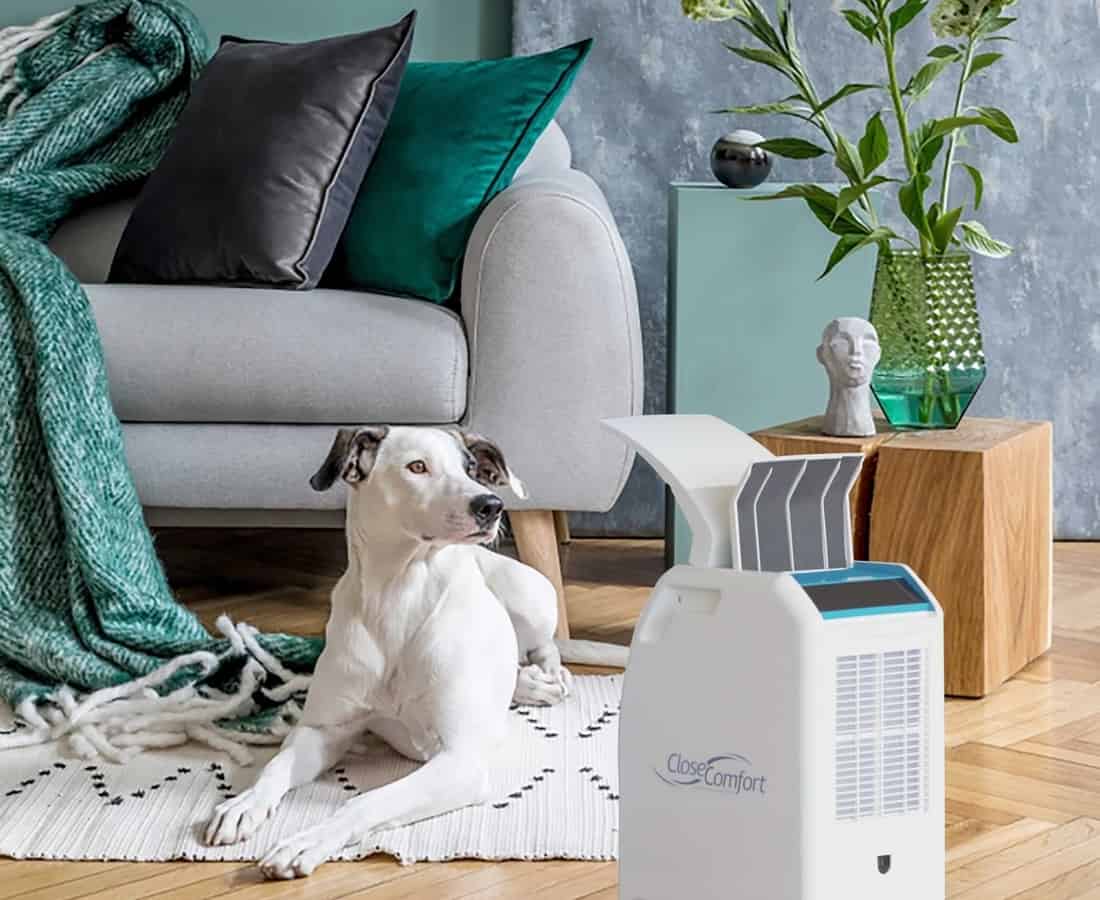Sustainability in Singapore: Eco-friendly aircon alternatives that save on electricity bills too


AsiaOne has launched EarthOne, a new section dedicated to environmental issues — because we love the planet and we believe science. Find articles like this there.
We know: it’s tough to think green – or really, think at all – when we’re sweating our brains out in the Singapore heat. There’s a reason why Lee Kuan Yew once said that air conditioning enabled Singapore’s success, after all.
But while the aircon might be a building block of our humid red dot, it’s no secret that it’s not so cool for the earth.
The facts: air-conditioning accounts for nearly 20 per cent of Singapore’s CO2 emissions , with a standard two-kW aircon unit in your room producing 1.4 tonnes of earth-warming emissions a year – and that’s if you use it just 20 days a month.
Worldwide, air-conditioning emits a hefty two billion tonnes of CO2 a year. But if you want to keep cool at home while keeping the planet cool in the long run, the good news is you can – it just calls for something out-of-the-box.
Now that we’re all working from home, here’s a look at some eco-friendly aircon alternatives that might just slash your utility bills too.

Sunshine is one thing Singapore has no shortage of, and one locally invented aircon is turning it into a superpower. Recently developed by Ecoline Solar in collaboration with engineers from the National University of Singapore, their game-changing hybrid aircon is powered by solar heat.
Vacuum tubes on its surface, filled with a novel medium, absorb solar energy and ambient heat, harnessing them in place of electricity to compress refrigerant gas. Not only does this mean a lower carbon footprint, your electricity bills will thank you in the long run too.
Companies like Starhub and NCS Singtel have already hopped aboard the green bandwagon, and they’ve got a range of products suitable for homes too, including wall-mounted systems and portable options.
Check out Ecoline Solar here .

Think of air coolers as the overlooked middle child between the aircon and the humble fan. This portable appliance draws on water for cooling, as opposed to aircon refrigerants like HFCs – the latter being an industrial chemical that also happens to be a potent greenhouse gas.
In air coolers, an internal fan drives hot air through a filter soaked in cold water or ice-packs, causing water to evaporate and cool the air.
This means less electricity used and lower greenhouse gas emissions, as well as less waste heat – aircon compressors produce warm exhaust air that add to urban heat.
The caveat: air coolers, unlike aircons, do nothing to reduce the amount of moisture in the air, which is what really makes you sweat in a humid place like Singapore. It’s a tough price to pay for a greener world, but it’s likely worth it.
Check out air coolers from most major appliance stores, including BEST Denki and Courts .

Indoor plants are basically nature’s air coolers. As plants transpire, they release moisture into the air for a surprisingly powerful cooling effect – they’re estimated to lower temperatures in a room by as much as ten degrees!
Those packing high water content in their leaves do it best – aloe vera, for one, is a hardy succulent that thrives in direct sun.
Other fuss-free potted greens for a Singapore home include bamboo palm, peace lilies, and the aptly named mother-in-law’s tongue. Talk about a lush way to refresh your workspace – combine that with a good fan, and you’re in for a chill time.
Check out our guide on where to buy plants online in Singapore .
ALSO READ: Sustainability in Singapore: Eco-friendly ways to adapt to the existence of Covid-19 in daily life

A startup based in Singapore and Australia, Close Comfort’s portable air-conditioners function with a sustainable twist. Their flagship product, Cool Focus ($649), is a personal aircon which runs on the standard compressor refrigeration.
But where most portable aircons expel hot air out the window through an exhaust hose, Cool Focus directs it at the ceiling instead – much like a fridge. Rather than striving to cool the whole room, then, it simply directs a stream of cool air at you to create your own personal bubble of chill.
The upshot of this is lower energy consumption – Cool Focus runs on only 300 watts of electricity, around three times less than your average portable aircon.
Not only is it earth-friendlier, it saves you a pretty penny too – the brand’s bold claim is that running it for eight hours will set you back less than 50 cents in electricity. Perch it right beside your desk, and you’re cool for the whole workday.
Check out Close Comfort here .

We love a good dose of natural light, but not when it comes with a hefty helping of heat too. The solution? Solar window films. These micro-thin layers of film reflect heat and UV rays, keeping your home cool in the day while allowing it to stay bright.
We aren’t just talking tinted film, either – 3M’s Sun Control Window Film Prestige Series , for instance, keeps your view clear while reducing up to 78 per cent of the sun’s heat. Meanwhile, SuperCool’s window films run the gamut from entry-level to heavy-duty, each finely coated with reflective metal molecules.
If your home is a private property, solar reflective paints are your best friend. When applied on exterior walls and roofs, such paints effectively reduce a building’s absorption of heat by creating a reflective barrier.
Gaz Spec’s Heatex Thermal Insulation Coating , for one, harnesses nanotechnology to create a hardy, heat-resistant ceramic coating suited for any surface.
This article was first published in City Nomads.